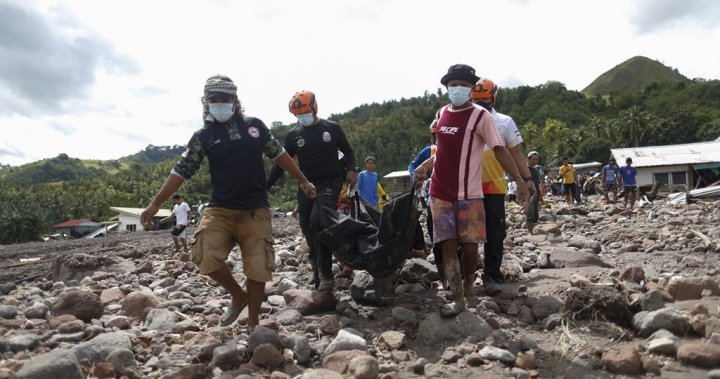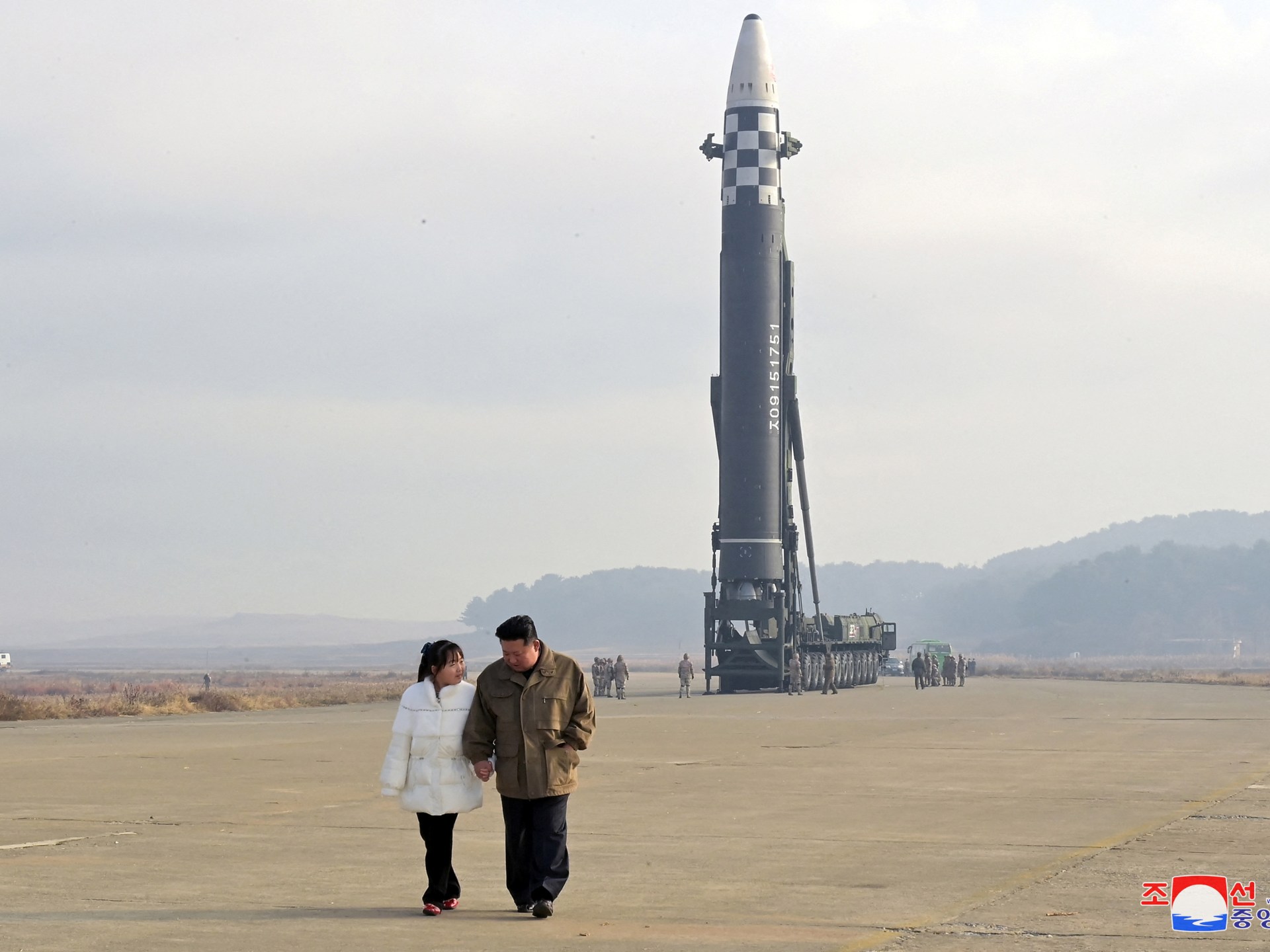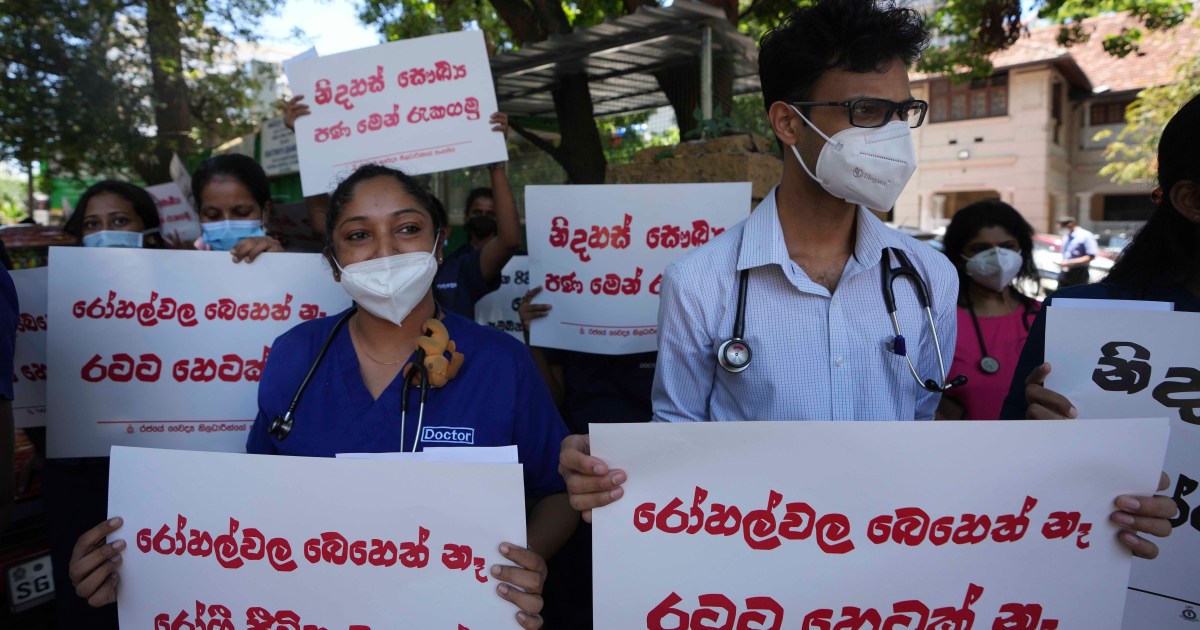Indo-Japan Relations on a ‘Bullet’ Ride
September 14th, Japanese PM embarked on his two day journey to India for annual Indo-Japan summit. The visit was particularly significant, coming as it did in the background of BRICS summit and post-doklam crisis. It would be worth mentioning here that Japan was the only country which openly endorsed India’s stand in Doklam crisis. The bilateral visit achieved little concrete success except for the much hyped bullet train inauguration. Their joint statement provides us with an excellent document to review the outcome of this visit. We will also try to compare it with last year’s joint communique to get a better perspective.
Bullet trains: win-win for Japan, ‘might-be-win’ for India
Speaking on its inauguration, PM Modi thanked Japan for providing bullet trains “almost free”. Japan has pledged a soft loan of Rs. 88000 crore at 0.1% interest. While on the face of it, the rate appears to be too generous, in reality it’s too costly if seen from Japanese perspective. The BOJ offers loans at almost zero rates to combat deflation so anything above zero percent must come as a win. It gets an opportunity to advance its surplus, idle money profitably and that too without any technology transfer. This will come as a face palm moment for many news anchors who were peddling these rumors. Given India’s existing inflation differential which is predicted to remain on similar lines it’s only going to get costlier paying this debt. India’s upward growth trajectory and yen’s volatility is only going to aggravate the situation. And this is not all, add to this the costs to be incurred in ancillary projects like providing connectivity to new stations, providing parking spaces etc. and what we get is a colossal figure.
But there’s obviously a way to salvage this cost. If India is able to generate employment, if this experiment is able to kick start local innovation and manufacturing, if we are able to make the present route profitable (which seems unlikely now), then, yeah, this might turn out to be golden egg. But there’s lot of ifs and eliminating them is an uphill task.
China: the elephant in the room
There’s a lot of mention of word ‘Indo-pacific/Asia-pacific’ in both these statements. Given the inherent tensions between China and japan over sovereignty of Senkaku and Diaou islands and between India and China over border, it seemed logical for their interests to converge. From discussions on North Korea to maintaining peace in Indo-pacific region to OBOR, the joint statement has it all. But there’s a notable absence of the mention of UNCLOS (it appears only once) and South China Sea. Maybe that’s no longer a burning issue thanks to the pliant nature of ASEAN and other countries party to the conflict.
The rather long mention of North Korean crisis is surprising, since there’s very little for India to offer here. It’s a pressing issue for Japan, no questions about that, but given India’s abhorrence to military solutions and its penchant for non-interference, there’s greater possibility of it remaining neutral. It also came as a coincidence after last month when a top US Pacific commander talked about ”greater” Indian role in resolving Korean crisis. Déjà vu! 1950s.
The other thing that joint communique mentions is OBOR. The statements almost entirely mirror India’s concerns and its inclusion can be taken as a diplomatic success. Be it concerns regarding debt management or better financial management or sovereignty issues, the communique has it all. It’s rather interesting given the fact that Japan did send a high level delegation to OBOR summit held in May this year.
Other significant mentions include the two countries willingness and determination to work together in infrastructure and other developmental projects in Africa and strengthen relations with ASEAN. But it’s the talk on terrorism that has shown a marked improvement. Unlike last year’s, this year’s statement explicitly mentions JeM, LeT, AQ, ISIS and their affiliates. The call to stop “cross-border movement of terrorists” has stayed unchanged though.
The missing blocks
While the visit was high on theatrics and visuals, thanks to bullet train, it turned out to be a missed opportunity for movement on defense and energy deals. While the energy talks are apparently incumbent on how fast the two countries move on complete implementation of nuclear deal, it’s the defense deals that are in limbo. No major movement was visible in the sale of US-2 amphibian aircraft. All that the joint statements mention is the “Japan’s readiness to provide” it and “the high degree of trust between the two countries”.
Another notable absence is the reference to joint development of infrastructure in Chabahar port. While 2016 joint statement makes an explicit mention, 2017 appears to be silent on it. Looks like US sanctions on Iran are hanging heavy over Japan now.
While Japan still remains India’s largest donor and a notable FDI provider, the trade has been on a downward spiral. It has steadily declined from $14.51 billion in 2015-16 to $13.61 billion this year. The exports to Japan too have halved and trade deficit has widened. The Comprehensive Economic Partnership Agreement (CEPA) signed in 2011 was expected to boost bilateral trade in goods and services but is far from realizing its goal. Compare this with $71 billion trade (mostly one sided) between India and China and the difference between trade relations become starkly visible.
There’s a huge potential of growth as far as Indo-Japan relations are concerned. Instead of working on piecemeal initiatives like bullet train or some projects in Africa, what is required is a comprehensive approach to remove roadblocks ailing trade relations. Post Paris climate deal, there is huge opportunity in energy sector. Given our energy requirements and determination to harness clean energy, Japan’s technology could come in handy. The civil nuclear deal would be a cherry on the top. Much differences remain on two countries stand on trade related issues as is visible from their negotiations at RCEP, WTO etc. Effort should be taken to harmonize their views on sticky issues like IPRs, ISDS, tariffs etc. The defense talks too need to be taken on priority basis. The two countries need to coordinate more closely on different world issues at international fora’s. Enhancing People to people relations will open new avenues of cooperation. The bilateral visits provide us with a chance to review relations and identify bottlenecks and in case of India and Japan, despite the bromance between the head of states and inherent goodwill between citizens much remains to be done. As they say, Ye Dil Maange more.
Source by Akhilesh Kumar




